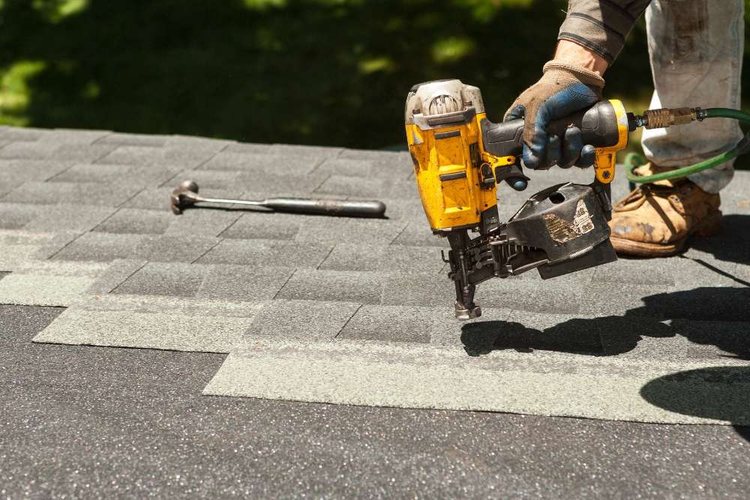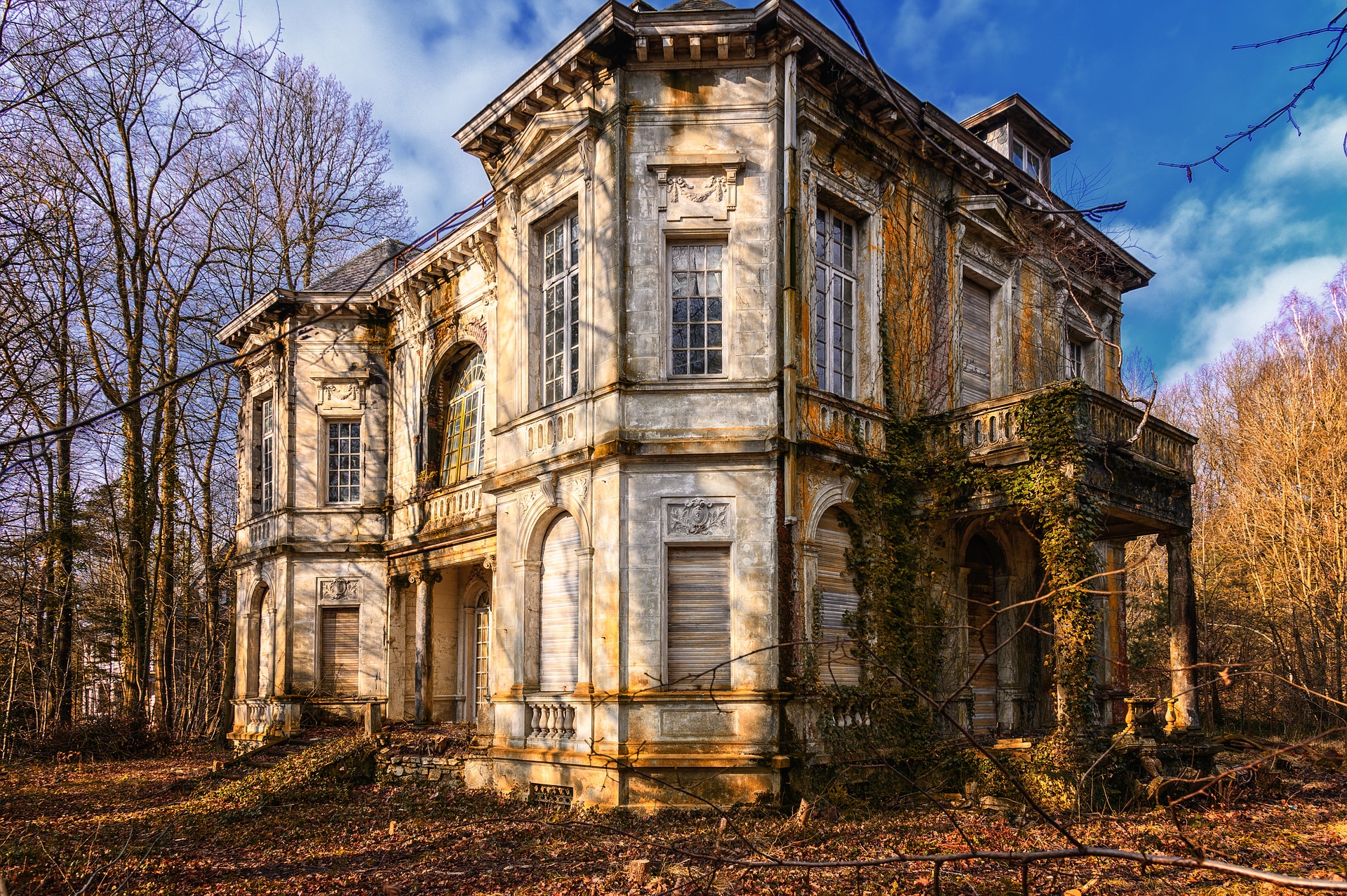Top Garden Fence Types, Costs, Installation, and Maintenance Tips for Canada 2026
Choosing the right garden fence in Canada affects security, privacy, curb appeal, and resilience to harsh winters. This 2026 guide covers top fence types, estimated installation costs, winter-ready installation tips, and maintenance advice to help Canadian homeowners make informed fencing decisions.

Garden fences serve multiple purposes for Canadian homeowners, from defining property boundaries and enhancing curb appeal to providing privacy and protecting outdoor spaces from wildlife. With Canada’s extreme temperature fluctuations, heavy snowfall, and freeze-thaw cycles, selecting appropriate fencing materials and installation methods becomes essential for long-term durability. Understanding the various fence types available, their associated costs, and proper maintenance requirements helps property owners make strategic decisions that balance functionality with budget considerations.
Budgeting and Planning Your Fence Installation
Establishing a realistic budget requires evaluating several cost factors beyond the fence materials themselves. Property size, terrain conditions, soil type, and existing landscaping all influence total project expenses. Homeowners should account for permit fees, which vary by municipality and typically range from 50 to 300 dollars depending on fence height and location. Site preparation costs, including clearing vegetation, leveling ground, and removing old fencing, can add 500 to 2,000 dollars to the overall budget. Professional surveys may be necessary to confirm property lines, costing between 300 and 800 dollars. When planning, consider whether gates, decorative elements, or special features like lattice tops will be included, as these additions increase material and labor costs. Creating a detailed budget with a contingency fund of 10 to 15 percent helps accommodate unexpected expenses such as rocky soil requiring specialized equipment or additional materials needed for uneven terrain.
Professional Installation Tips Suitable for Canadian Conditions
Canadian climate conditions demand specific installation techniques to prevent frost heaving, warping, and structural failure. Posts must be set below the frost line, which varies from 1.2 meters in southern regions to over 2 meters in northern territories. Concrete footings should cure properly before fence panels are attached, requiring extended time during cooler months. Professional installers recommend using gravel at the base of post holes to facilitate drainage and reduce frost heaving risks. Metal hardware and fasteners should be galvanized or stainless steel to resist corrosion from moisture and road salt exposure. Installation timing matters significantly, with late spring through early fall providing optimal conditions for concrete curing and material handling. Winter installations are possible but require specialized techniques and may incur higher labor costs. Proper spacing between fence boards allows for expansion and contraction during temperature changes, preventing warping and splitting. Professional installers familiar with local building codes ensure compliance with height restrictions, setback requirements, and visibility regulations at property corners.
Privacy Fence Options and Regulations by Location
Privacy fencing typically stands between 1.8 and 2.4 meters tall, creating visual barriers and noise reduction for residential properties. Solid panel designs using wood, vinyl, or composite materials offer maximum privacy, while semi-private options incorporate lattice tops or spaced pickets for airflow and reduced wind resistance. Municipal regulations governing fence height, placement, and style vary significantly across Canadian provinces and municipalities. Most jurisdictions restrict front yard fences to 1.2 meters while allowing taller structures in side and rear yards. Corner properties face additional visibility requirements to maintain sightlines for traffic safety. Some neighborhoods governed by homeowner associations impose specific aesthetic standards regarding fence color, material, and design. Before installation, homeowners should consult local bylaw offices to obtain necessary permits and verify compliance with setback requirements, which typically mandate fences be positioned 0.3 to 0.6 meters inside property lines. Failure to follow regulations can result in removal orders and fines ranging from 200 to 1,000 dollars.
The Importance of Material Selection for Canadian Winters
Material choice significantly impacts fence longevity and maintenance requirements in Canadian climates. Pressure-treated wood remains popular for its affordability and natural appearance, though it requires regular staining or sealing every two to three years to prevent moisture damage and rot. Cedar and redwood offer superior natural resistance to decay and insects but come at higher initial costs. Vinyl fencing provides low-maintenance durability, resisting moisture, insects, and UV damage without requiring painting or staining, though extreme cold can make vinyl brittle and prone to cracking. Metal options including aluminum and steel offer excellent durability and require minimal maintenance, with powder-coated finishes protecting against rust and corrosion. Composite materials combining wood fibers and plastic provide wood-like aesthetics with reduced maintenance needs, though they carry premium price points. Chain-link fencing offers economical security but provides minimal privacy and aesthetic appeal. Each material performs differently under freeze-thaw cycles, with proper installation techniques and quality materials being critical for withstanding temperature swings from minus 40 to plus 30 degrees Celsius experienced across Canadian regions.
Reviewing 2026 Fence Installation Costs in Canada
Fence installation costs vary considerably based on material selection, property size, terrain complexity, and regional labor rates. Understanding typical price ranges helps homeowners establish realistic budgets and compare contractor estimates effectively. The following comparison provides general cost expectations for common fencing materials and installation services across Canada.
| Fence Type | Material Cost per Linear Meter | Installation Cost per Linear Meter | Total Estimated Cost per Linear Meter |
|---|---|---|---|
| Pressure-Treated Wood | 25-45 CAD | 30-50 CAD | 55-95 CAD |
| Cedar Wood | 40-70 CAD | 30-50 CAD | 70-120 CAD |
| Vinyl | 50-85 CAD | 25-45 CAD | 75-130 CAD |
| Composite | 60-100 CAD | 30-50 CAD | 90-150 CAD |
| Aluminum | 55-90 CAD | 35-55 CAD | 90-145 CAD |
| Chain Link | 15-30 CAD | 20-35 CAD | 35-65 CAD |
Prices, rates, or cost estimates mentioned in this article are based on the latest available information but may change over time. Independent research is advised before making financial decisions.
Labor costs typically account for 40 to 60 percent of total project expenses, with regional variations reflecting local wage rates and contractor availability. Urban areas generally see higher labor costs compared to rural regions. Additional expenses include gate installation, which ranges from 200 to 800 dollars per gate depending on size and material, and decorative elements that add 10 to 30 percent to base costs. Removal of existing fencing adds 5 to 15 dollars per linear meter to project totals.
Maintenance Strategies for Long-Term Fence Durability
Proper maintenance extends fence lifespan and preserves appearance throughout Canadian seasons. Wood fences require annual inspections for rot, insect damage, and loose boards, with damaged sections replaced promptly to prevent structural compromise. Applying water-repellent stain or sealant every two to three years protects wood from moisture infiltration and UV damage. Vinyl fences need periodic washing with mild soap and water to remove dirt, mildew, and algae buildup, particularly in shaded areas with poor air circulation. Metal fences should be inspected for rust spots, which require wire brushing and touch-up paint to prevent spreading corrosion. Composite fencing benefits from annual cleaning and inspection for mold growth, which can be removed with specialized cleaners. All fence types require checking hardware tightness, gate alignment, and post stability after winter freeze-thaw cycles. Trimming vegetation away from fence lines improves air circulation, reduces moisture retention, and prevents damage from encroaching roots. Snow removal from fence bases during winter prevents excessive moisture exposure and reduces stress on posts and panels.
Selecting and installing a fence suited to Canadian conditions requires balancing aesthetic preferences, functional needs, and budget constraints while accounting for climate challenges. By understanding material properties, installation requirements, cost expectations, and maintenance demands, homeowners can invest in fencing solutions that provide years of reliable service. Consulting with experienced local contractors and adhering to municipal regulations ensures successful projects that enhance property value and enjoyment while withstanding the demanding Canadian environment.




